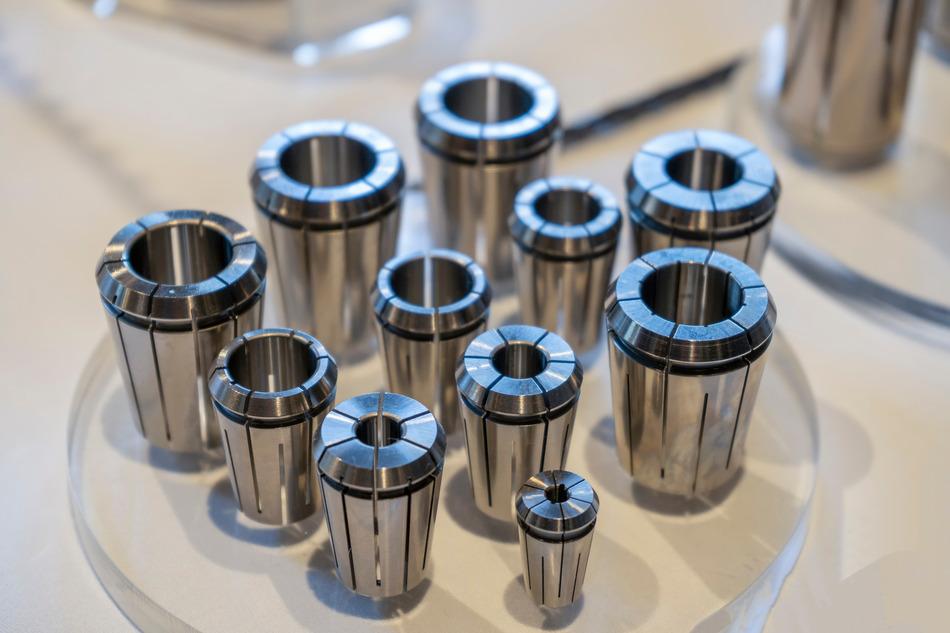Haas Preventive Maintenance: Maximizing Productivity and Longevity
In the high-precision world of CNC machines, Haas Automation has carved a unique niche with its state-of-the-art products. Known for their durability and precision, Haas machines serve as a cornerstone for many manufacturing units.
However, like all high-performing equipment, they also need periodic care to keep them functioning at their best. This article delves into the specifics of preventive maintenance for Haas machines, shedding light on the various facets that ensure their sustained efficiency and longevity.
Importance of Preventive Maintenance
A well-maintained Haas machine is more reliable, operates at its peak efficiency, and has a longer service life.
Preventive Maintenance: For Haas machines, preventive maintenance goes beyond just preserving machine health; it also ensures the consistent quality of output, thus strengthening a company’s reputation for quality and reliability.
Regular Inspection: Daily, weekly, and monthly checks form the backbone of preventive maintenance. Daily inspections should involve checking the coolant level, hydraulic pressure, spindle temperature, and air pressure. Weekly checks should focus on coolant concentration, while monthly checks should assess the machine’s overall cleanliness and grease levels.
Routine Cleaning: Accumulated dirt, dust, and coolant can interfere with a Haas machine’s functionality. Regular cleaning is essential to ensure the machine’s longevity and optimal performance. This includes cleaning the machine’s external and internal parts, such as the tool changer, spindle taper, and chip conveyor.
Calibration: Periodic calibration of the machine ensures accuracy and precision. Haas recommends checking and adjusting the machine’s geometry and alignment, including the spindle orientation, axis alignment, and tool change alignment.
Timely Replacement: Monitoring for worn components like seals, belts, filters, and replacing them before failure, is crucial in preventing unexpected machine breakdowns. Haas provides a comprehensive list of replaceable parts, guiding users on the parts’ expected lifespan.
Implementing Your Program
Successful implementation of a preventive maintenance program involves several crucial steps:
- Establishing a Maintenance Schedule: A maintenance schedule based on the machine’s operating hours, manufacturer’s recommendations, and the machine’s criticality to production processes should be created.
- Training the Personnel: The maintenance team and machine operators should be adequately trained on the best practices for Haas machine maintenance. This includes understanding the operation and functionality of Haas machines, basic maintenance tasks, and safe work practices./li>
- Record Keeping: Documentation of all maintenance activities, including observations, actions taken, and parts replaced, can help track machine health over time.
- Review and Revise: The preventive maintenance program should be regularly reviewed and revised based on the machine’s performance data and feedback from the maintenance team.
The Business Impact:
Preventive maintenance impacts business by enhancing machine reliability, reducing unscheduled downtime, and improving output quality. Studies indicate that preventive maintenance can lead to a 12-18% cost savings compared to reactive maintenance strategies. Moreover, it can extend a machine’s lifespan by 15-25%, yielding significant cost savings in the long term.
In conclusion, an effective preventive maintenance program for Haas machines ensures their optimal performance, extends their service life, and reduces maintenance costs. By adhering to these guidelines, businesses can significantly improve their productivity, quality control, and overall profitability.




